Well, The Witch’s House would have certainly fit this year’s haunted house Halloween theme, but better late than never! This game is filled to the brim with jumpscares, but that’s far from all it has to offer. With clever puzzles, some great atmosphere, and a wonderfully dark sense of humor mixed in with more legitimately disturbing moments, this is easily one of the better RPG Maker horror games out there.
Make no mistake, The Witch’s House is definitely a game which is out to scare its audience, but it also wants players to have fun along the way. From the very first trap where stepping on a bloodstain in the middle of a room causes the walls to smash our poor protagonist into pieces, the game conveys several messages to its players: be careful, be observant, and save often because death in this game is as abundant as it is abrupt. Horror is remarkably difficult to pull off with 2D sprites even when it is of the more psychological or cosmic variety, but it is especially difficult to pull off when placing the focus primarily upon jumpscares, which are themselves difficult to utilize without coming across as cheap scares. While this game isn’t completely devoid of that ‘cheap’ element, it does succeed at effectively utilizing jumpscare techniques in a 2D environment through several tactics.

The first and most important reason as to why the jumpscare elements work well here is that the player is never truly allowed to feel safe. Though it may sound somewhat paradoxical at first, this constant sense of danger comes about in large part due to the fact that save points are rather frequent and can be used an unlimited number of times without any sort of penalty. As the player does not need to worry about losing much progress as long as they save frequently, the game can in turn throw abrupt and severe punishments at the player the moment they fail to observe and/or reaction to their surroundings.
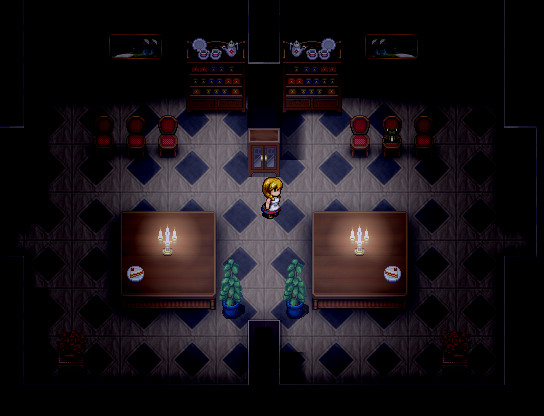
This game also does a wonderful job of mixing up both the actual severity of its surprises and when they occur. A window may suddenly shatter on your first time through a hallway, but blood might appear on the wall during your second visit or something may break right before the screen transitions to the next room. Since each part of the house generally requires players to go back and forth between several rooms in order to solve puzzles the game is able to keep players constantly on edge with new surprises each time they enter a room. Though many of these surprises are as harmless as a vase falling off of a table, homicidal monsters and other legitimate threats can also appear. There isn’t a random element at play here like in Hinterland, so the journey through this haunted house isn’t nearly as startling after the first time through, but there is so much variety and such a high frequency to the scares that they make for a terrifically terrifying first playthrough and not all of the magic is lost on subsequent runs because most players will likely forget about at least a few of the many frights this game has to offer.
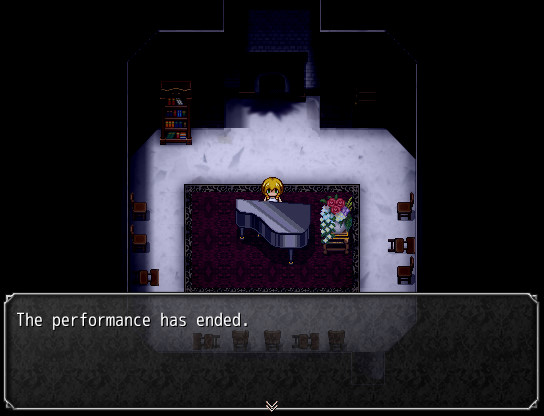
Lastly, the jumpscares work better here than they do elsewhere because so many of them are just as silly as they are scary. For every death in which the protagonist, Viola, becomes killed in a rather gruesome way, such as by becoming impaled on spikes, there is one which is weird or morbidly humorous, such as when Viola is turned into a painting or when she decides to ‘lend a hand’ to an invisible chef. Like with Infested, I found myself actively seeking out deaths in this game just to see what would happen, though quite a few of my deaths were far from deliberate.
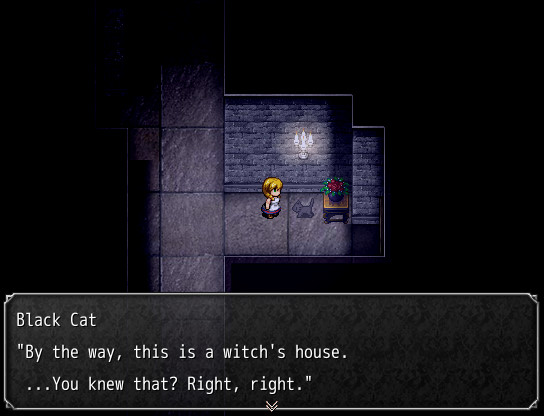
Jumpscares may be the focus, but they are far from the only strength in The Witch’s House. Less abrupt, more disturbing and atmospheric moments are scattered throughout, such as needing to navigate a long hallway with only a small source of light or a pair of scissors becoming covered in blood after cutting the limbs off of what seemed like an ordinary teddy bear. While the story only plays a secondary role to the individual situations and set pieces, it still plays an important role in shaping the game and is far from poorly written; the mystery of just who the witch is and why Viola is anywhere remotely near her horrible house gradually unfolds as the game progresses and the ending, especially the ‘true’ ending, is one which I’m not likely to forget any time soon.
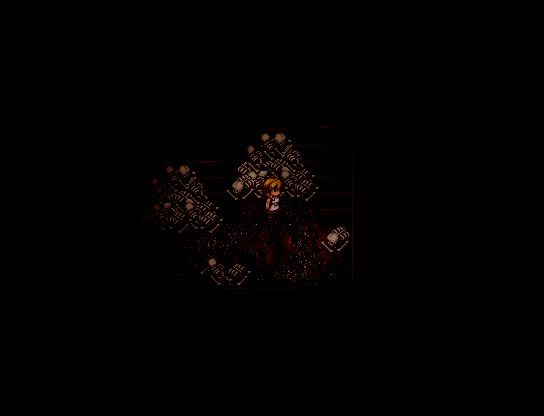
Puzzles are also everywhere in the house and come in all shapes and sizes. Many horror games are happy to take after Resident Evil in their approach to puzzles by never asking the player to perform any task much more difficult than finding the correct key (or emblem) to use on the matching lock (or socket), but that is definitely not the case here. When puzzles involve making use an an item, players must figure out on their own just where and when to use what as items are not used automatically. The actual use for most items is never as simple as finding the right key for the right door, in fact at one point the player is even given a key which won’t fit in any lock, but clues as to what to do can always be found in the environment and often involve a bit of clever wordplay. Plenty of the puzzles also go far beyond simply using items in the right places, such as when the player is tasked with rearranging two rooms to be mirror images of each other or when a group of skulls must be arranged to follow a specific pattern. It is true that the majority of the puzzles can be brute forced, especially since dying as a result of making a mistake carries little in the way of consequences, but it is far more satisfying to legitimately arrive at the correct solutions to these puzzles and a few of them would take quite a while to solve through random guesswork alone.
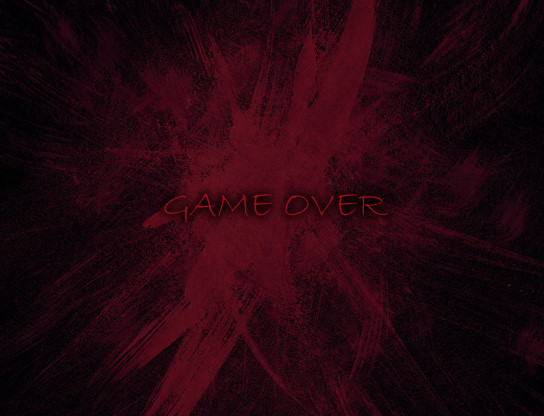
Playing The Witch’s House makes for a great way to have fun while being scared. With an expert blend of jumpscares, dark humor, engaging puzzles, subtle atmospheric touches, and solid writing, this is a game which is sure to keep players on edge without failing to keep them entertained.